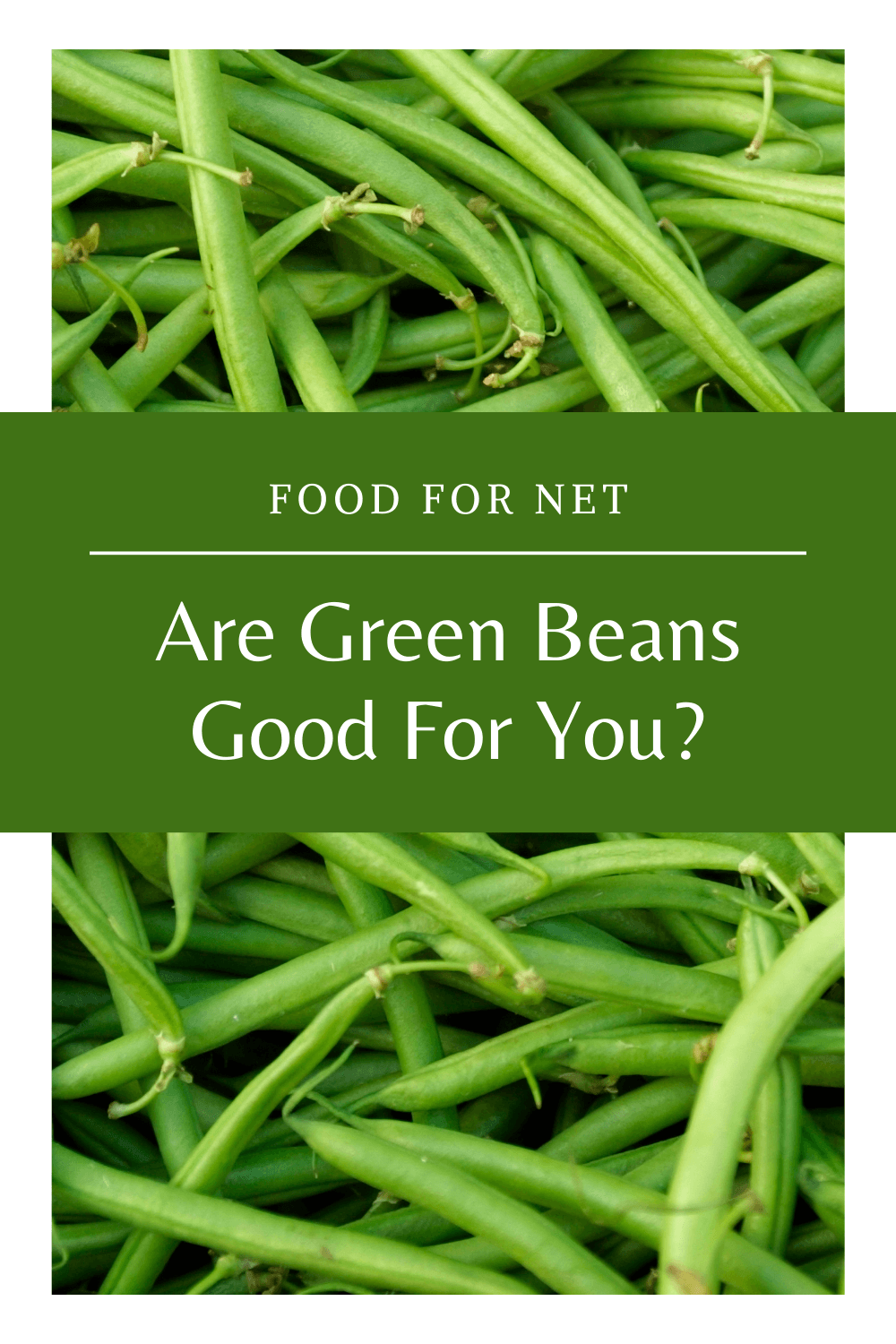
When we talk about beans, most of us think about the dried beans that we use in chili and countless other recipes. The benefits and controversies of those beans are well-known. So, what about green beans? Are green beans good for you?
To start off with, we need to talk about how we define green beans. The term generally refers to immature beans that are harvested still in their pods. We know them by various names like snap beans, string beans, and French beans.
There are upwards of 130 varieties of green beans. They’re not even all green, as you’ll find some yellow, purple, and even spotted beans that are still classed as green beans.
The nutrient and antioxidant profile varies depending on the individual variety, the cultivar, and even when it was grown. However, there are many similarities across the various green bean varieties too, including the benefits and risks that we’re talking about today.
Are Green Beans Good For You?
- Green Beans Nutrition
- Benefits Of Green Beans
- The Problems With Green Beans
- Green Beans And Paleo
- Green Beans Versus Dried Beans
- Can You Eat Raw Green Beans?
- Are Frozen Green Beans Healthy?
- Are Green Beans A Vegetable?
- Final Thoughts
Green Beans Nutrition
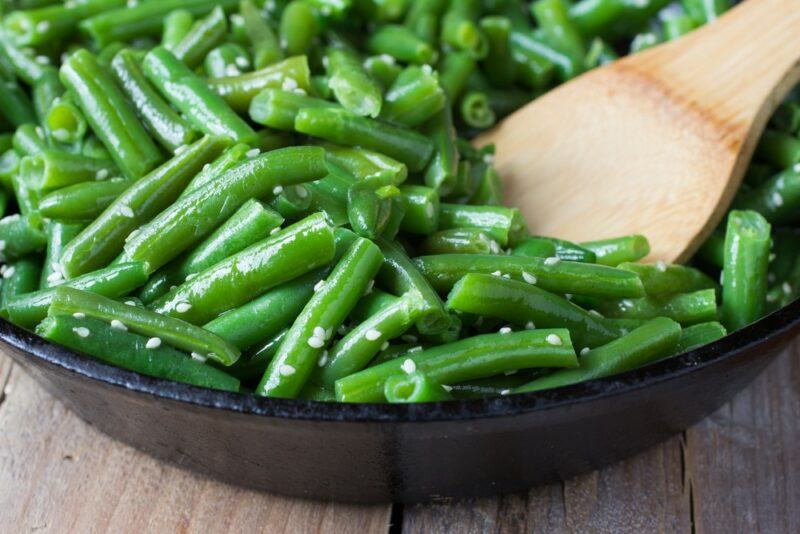
Let’s begin with the most obvious area – nutrition. Vegetables and legumes are powerful sources of nutrients, giving you a wide range of different vitamins and minerals.
For a cup of raw green beans, the nutritional profile breaks down like this:
- Calories: 34.1
- Carbs: 7.8 grams
- Fiber: 3.7 grams
- Sugars: 1.5 grams
- Protein: 2 grams
- Vitamin C: 17.9 mg (30% of the Daily Value)
- Vitamin K: 15.8 mcg (20% DV)
- Vitamin A: 759 IU (15% DV)
- Manganese: 0.2 mg (12% DV)
- Folate: 40.7 mcg (10% DV)
There are smaller amounts of other nutrients too, including calcium, iron, magnesium, copper, and thiamin. While the nutrient balance does vary somewhat between one green bean cultivar and the next, you always end up with a low calorie ingredient that’s rich in nutrients.
Benefits Of Green Beans
They’re A Nutritious Vegetable
The previous section highlighted the various nutrients in beans, which raises an important question, why are nutrients so important anyway?
For starters, they play many roles throughout our body, like helping with cellular signaling, with the growth of cells, with muscle development, with biological reactions, and with energy production. We also can’t produce these vitamins and minerals ourselves, so we must get them from our food.
Each vitamin and mineral has an optimal daily amount. Get somewhere around this and your body will function as it should, which helps to decrease your risk of death and disease. Go too far under or over this optimal amount and you may start suffering side effects.
So then, to be healthy, you need a diet that provides you with plenty of vitamins and minerals. Many of us aren’t getting all the nutrients we need, which makes ingredients like green beans so incredibly important.
They’re Low In Calories
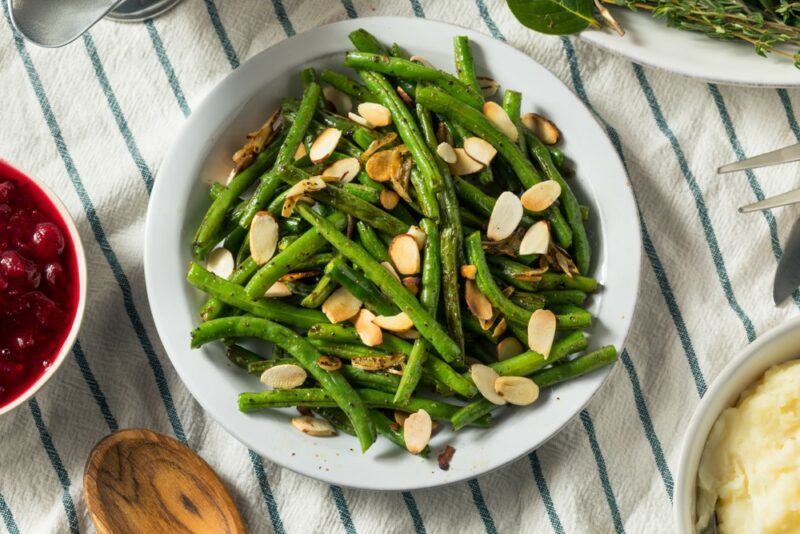
Like most non-starchy vegetables, green beans are naturally low in calories. In fact, a cup of raw green beans contains less than 35 calories, which is seriously impressive.
Foods that are both nutrient dense and low in calories are always important, as they’re an incredibly easy way to boost your nutrient intake. Just add half a cup or so of the cook beans to your meal and you’re suddenly consuming many more nutrients.
Plus, the low calorie content of the beans means that they won’t lead to weight gain at all.
A Fantastic Source Of Fiber
We can’t forget about the fiber either. While fiber sounds boring, it’s an incredibly important macronutrient. Getting enough fiber keeps your digestive system functioning as it should, reducing your risk of both constipation and diarrhea.
Unfortunately, many of us aren’t getting the fiber we need. Some estimates even show that the average American fiber intake is roughly half of what it should be.
Finding good sources of fiber, then, is critical for health – and green beans are a powerful way to do this.
Can Improve Your Heart Health
Legumes are often associated with improved heart health and green beans are no exception. Their fiber content is part of the reason for this effect, as fiber can help to decrease your LDL cholesterol levels.
It helps too that green beans are naturally low in fat and saturated fat. Even the antioxidants in green beans could decrease your risk of heart disease.
They’re A Low FODMAP Food
The term FODMAP refers to a collection of fermentable carbs that can cause significant side effects. While most of us can consume FODMAPs without any issues, people with irritable bowel syndrome and some other digestive problems are particularly sensitive to them.
Dried beans are a significant source of FODMAPs, but green beans are a low FODMAP food instead – as long as you keep your portions in check. Some recommendations suggest servings of roughly 75 grams as a good starting point.
75 grams of the beans should give you plenty of nutrients, without trigging any significant side effects.
You may, however, need to experiment. Some people will be able to have higher servings without a problem, while others may find that even 75 grams is too much.
May Help With Pregnancy
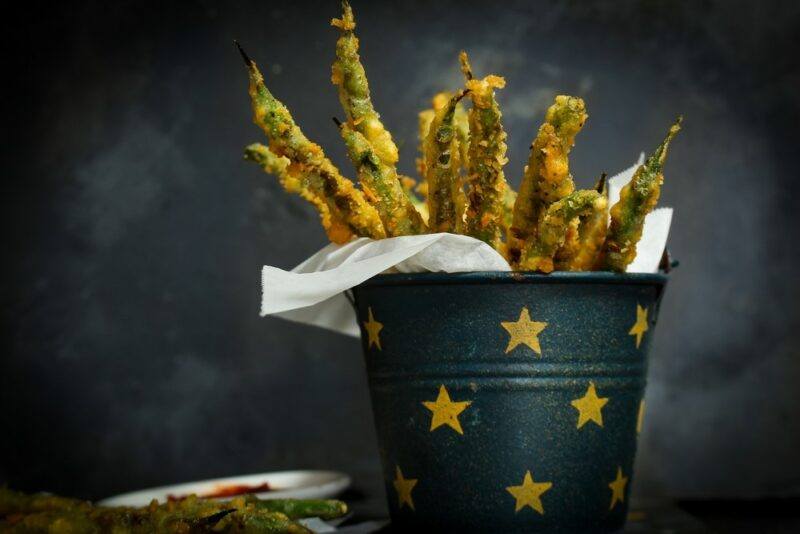
Green beans can be particularly relevant for pregnancy, due to their folate content. Folate is an essential nutrient for everyone, but it’s particularly relevant for developing babies and pregnant women need more folate than most other people.
All of the other nutrients in green beans can be helpful during pregnancy too. Just make sure to cook the beans rather than eating them raw. Doing so reduces the risk of any gastrointestinal side effects.
They’re Keto Friendly
The sugar content of green beans is low enough that you can include them on a keto diet. This is a powerful feature, as most types of beans contain too many carbs for keto (black soybeans are the only other exception).
With green beans, you’re getting just 2 or 3 net grams of carbs per half cup serving. That’s very helpful when so many other ingredients are off-limits.
The Problems With Green Beans
The Lectin And Phytic Acid Content
Lectins and phytic acid are both concerning compounds that may decrease your ability to absorb nutrients from your food. They’re sometimes called antinutrients for this reason. These compounds are a key reason why so many people avoid legumes, including other types like dried beans and green beans.
The levels of these compounds are highest when green beans are raw, which thankfully means that you can decrease the amount by simply cooking your beans.
Still, cooking doesn’t remove the compounds entirely. You’re still consuming some of them and will lower your nutrient absorption in the process.
If you’re consuming a lot of legumes or if your nutrient absorption is already low, then the antinutrients in green beans could easily be a problem. There’s also the risk of unknown effects of antinutrients, ones that could cause you significant harm.
For most people, antinutrients aren’t serious enough to be concerning. The compounds can even offer some benefits. The most important thing is to always cook your beans first and keep an eye on your antinutrient intake. This could include having at least one meal per day that contains no significant sources of antinutrients.
Can Interact With Blood Thinners
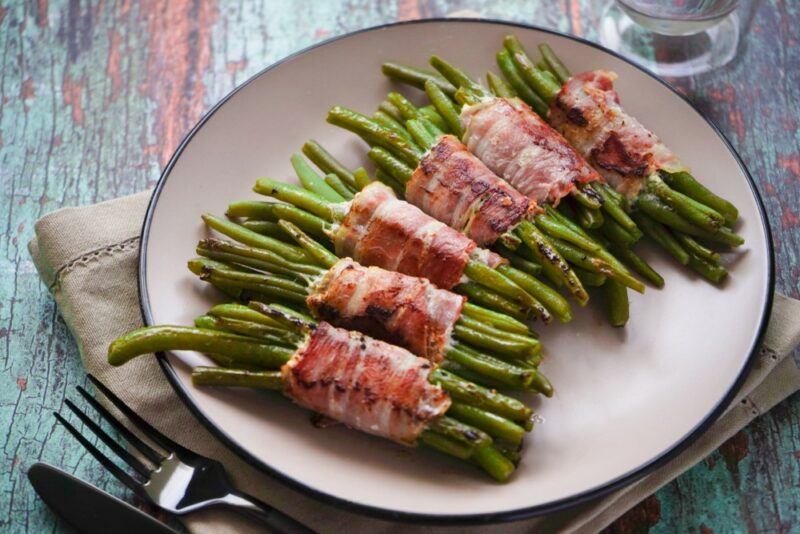
The vitamin K in green beans is a double edged sword. It does offer a variety of health benefits, helping with your blood clotting, your calcium levels, and your bone health. However, it can also interfere with blood thinning medications, like warfarin.
Too much vitamin K makes the blood thinning medication less effective, which increases the risk for serious bruises and bleeding.
Thankfully, this effect doesn’t mean you need to avoid green beans. Instead, it’s simply important to keep your vitamin K levels consistent and make sure your medication is adjusted to account for your vitamin K intake.
Green Beans And Paleo
Green beans are surprisingly complicated for paleo dieters. On one hand, the beans are a type of legume and legumes are generally out of the question when you’re on the paleo diet.
However, there’s a little bit of a gray area here and people vary in their interpretations of the rules. Some say that green beans are fine, partly because they contain fewer antinutrients than other types of beans. After all, the antinutrients are the main reason that legumes are avoided to begin with.
Michelle from Nom Nom Paleo also argues that they’re more like a pod than a bean, as you’re eating green beans when they’re still immature.
Green Beans Versus Dried Beans
Green beans and dried beans are both similar and different. They’re both considered legumes, but green beans aren’t technically beans at all.
The Dietary Guidelines for Americans even places green beans in a completely different category to beans, lentils, and dried peas. This distinction mostly due to nutritional differences.
In particular, beans and lentils tend to be fantastic sources of protein and are nutrient dense. They’re often used to replace meat in meals, acting as a powerful way to help decrease your saturated fat and cholesterol intake.
While green beans do still provide plenty of nutrients and antioxidants, they don’t give you the same protein hit that you get with dried beans. Indeed, it’s best to treat them as vegetables, rather than beans, and plan your meals accordingly.
Can You Eat Raw Green Beans?
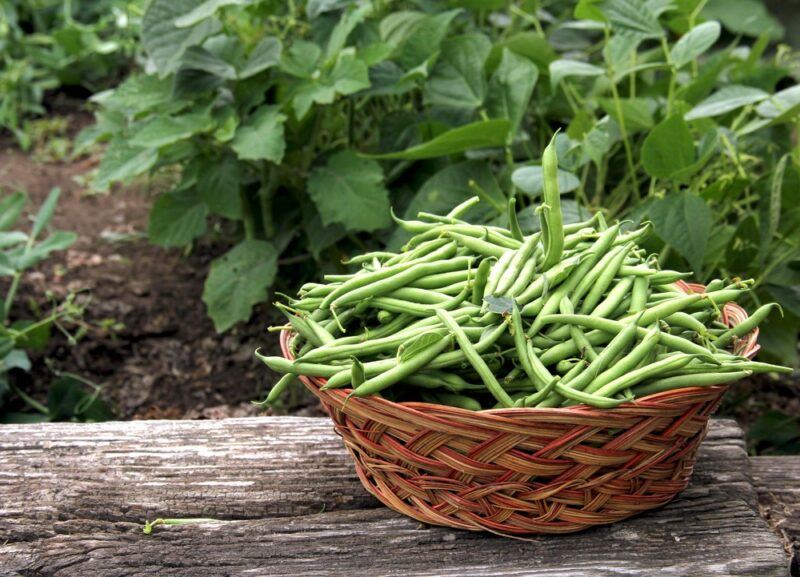
Most legumes need to be cooked before you eat them. Having them raw is likely to make you feel quite sick, giving you side effects like stomach cramps and diarrhea.
Green beans may seem like an exception. After all, they’re fresh rather than dried – and many people do eat them raw. Raw beans might even seem healthier, as some nutrients are always lost during the cooking process.
You might have even eaten raw green beans yourself without any side effects.
Yet, despite this, eating raw green beans isn’t a great idea. Their lectin content can vary dramatically and while they’re sometimes safe to eat, they’re often not. The lectin content might even vary from harvest to harvest.
This means that you might experience no issues at all with green beans sometimes and get dramatic side effects other times. It’s safest to always cook your green beans fully before eating them. This way you still get plenty of nutrients and avoid making yourself sick.
Besides, there are some benefits to cooking green beans. Doing so may increase their antioxidant content and make their isoflavones more available, while also decreasing the lectin content.
In the end, you gain plenty by cooking the beans and don’t lose much at all.
Are Frozen Green Beans Healthy?
There’s a long standing assumption that fresh food is always healthier than frozen. However, frozen food often isn’t as bad as it seems. Frozen fruits and vegetables can even be a powerful choice, as they’re inexpensive, convenient, and still retain most of their nutrients.
Remember too that all fruits and vegetables lose nutrients over time, so the green beans you get at your local grocery store aren’t nearly as nutritious as freshly picked greens from the garden.
Frozen vegetables tend to lose nutrients much more slowly. They’re also snap frozen when they’re at their freshest. As a result, you might even get more nutrients from frozen beans than from fresh beans from the grocery store.
Beans you freeze at home haven’t been flash frozen, but they still retain plenty of nutrients.
Besides, regardless of whether you get more nutrients, roughly the same amount, or slightly less – it’s clear that frozen green beans are still very good for you.
Are Green Beans A Vegetable?
There’s a surprising amount of controversy about how we classify green beans. You’ll often see them called a vegetable and sometimes a legume. They’re even called a type of fruit every so often.
All three terms are accurate, depending on how you define them.
Let’s begin with fruit. A green bean is a pod with seeds in it, while fruit can simply be defined as a structure that contains seeds. In fact, green beans are technically defined as a dry fruit, as the pods dry out and crack when they are fully matured.
But, like tomatoes, green beans aren’t often called a type of fruit. Instead, they’re seen as vegetables, partly because we use them in savory dishes rather than sweet ones.
To be completely honest, the distinction between fruit and vegetables mostly comes from the food industry. The distinction doesn’t have much practical value elsewhere.
As for the term legume, well, legumes are simply a type of dry fruit.
Final Thoughts
Green beans are a healthy ingredient, one that provides you with plenty of nutrients and fiber, without a large number of calories.
While green beans are often eaten raw, cooking them really is important, as raw green beans can contain high levels of antinutrients and may make you sick. The antinutrient levels are inconsistent, so you might be able to eat raw green beans sometimes without feeling awful, then get side effects another time.
Frequently Asked Questions
Are Green Beans Keto Friendly?
Most beans don’t work well for keto, as they contain far too many carbs. Green beans are a notable exception.
You get less than 5 net grams in a cup of raw green beans. Cooked and canned green beans are slightly different in their carb content, but can all still fit on a keto diet.
Do Green Beans Cause Gas?
This effect varies from person to person. Some people have no issues with green beans, while others experience gas every single time. There are other side effects too, like bloating and stomach pain. These side effects are partly related to a type of fiber called raffinose.
However, dried beans tend to be much worse for gas, as they contain more problematic compounds.
Are Green Beans And String Beans The Same?
Yes. The word string came from the way that green beans had fibrous strings. These needed to be manually removed before eating the beans, creating plenty of work.
String beans isn’t a useful name these days, as selective breeding removed the strings entirely (except in some heirloom varieties).
Are Green Beans Legumes?
Legume is a broad category. It simply refers to plants where the fruit grows in pods. So, yes, green beans are considered legumes. Oddly, while green beans are legumes, they’re not actually classified as beans.
How Many Cups Of Green Beans In A Can?
You’ll generally get around 1.75 cups of green beans from a single can. That’s for a 14 ounce can. So, for smaller cans, the green bean content will be lower.
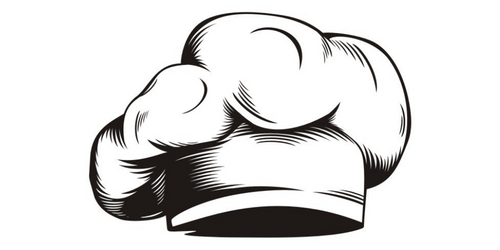
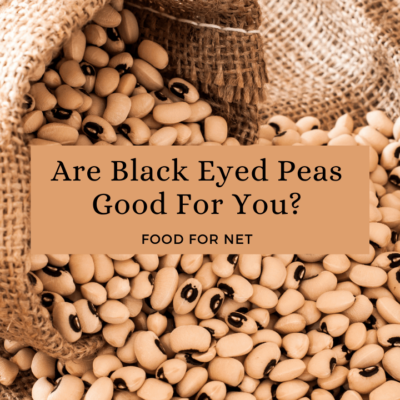
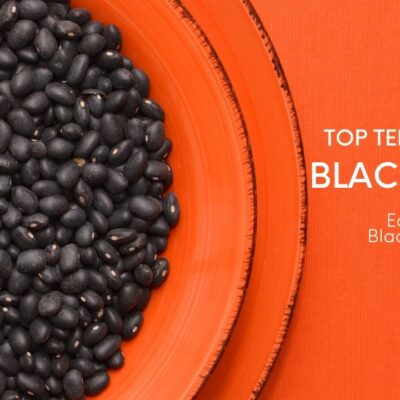
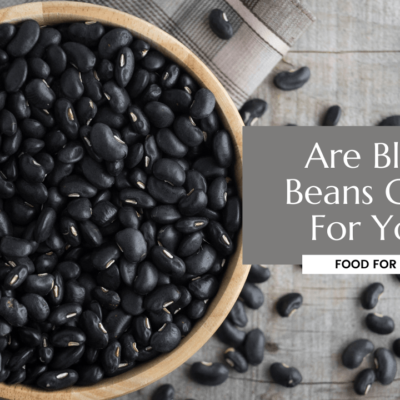
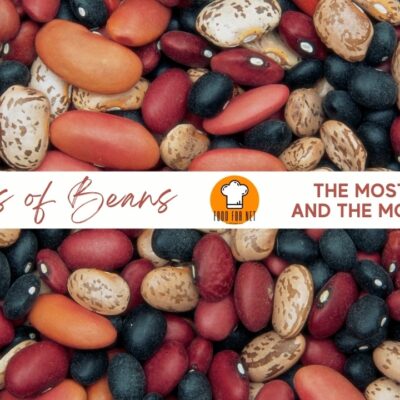

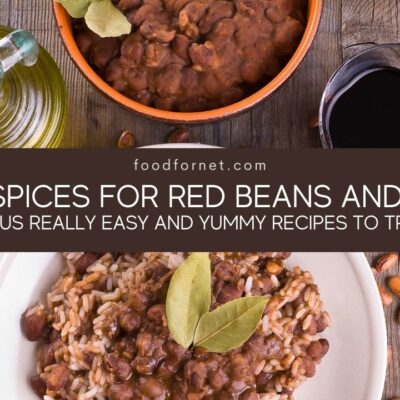
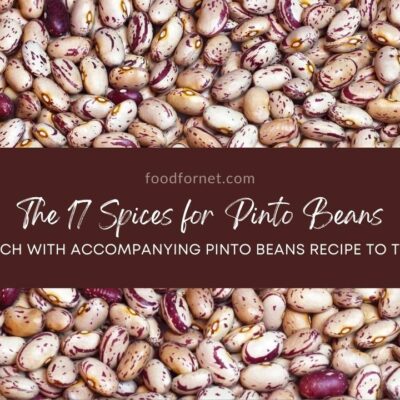
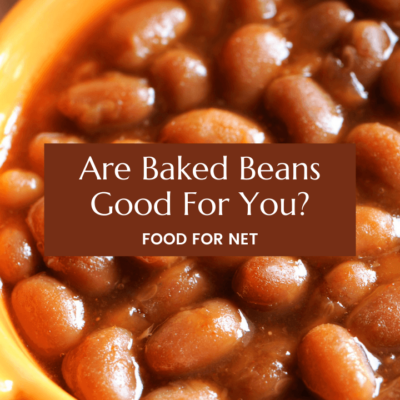
 Is Applesauce Good For You?
Is Applesauce Good For You?
Leave a Reply